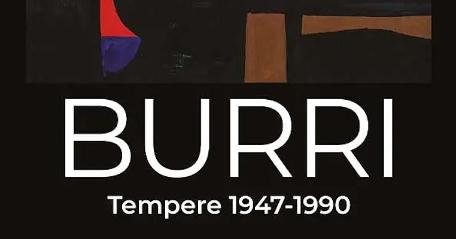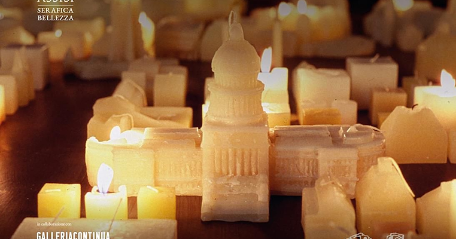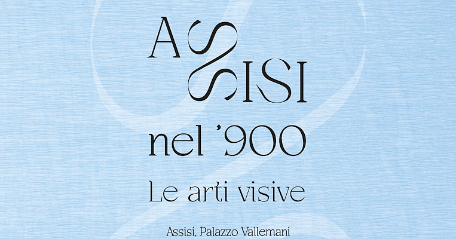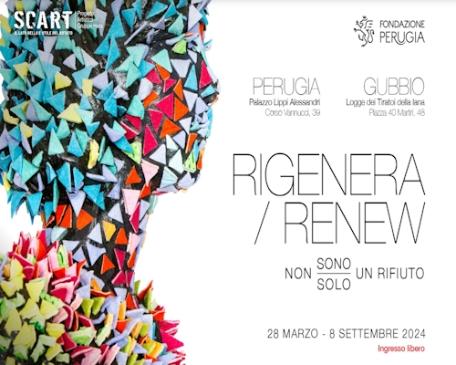The official itinerary of the Romea Germanica Road was marked out by the Abbot Alberto of the Friars Minor in San Giovanni, in about 1236.
Historical Notes
The Abbot Albert, while he was at the Benedictine Monastery of the Blessed Virgin Mary in Stade (Hamburg), recognized the necessity to adopt a more rigid ecclesiastical discipline, according to the model of Cistercian rules.
Since he had to obtain the permission by Pope Gregory IX for that purpose, he started his journey towards Rome.
The Pope gave his approval to the wished reform, but the Brothers and the Archbishop of Bremen refused it.
Disappointed, Alberto resigned from his position and entered the Convent of Friars Minor in San Giovanni (Stade).
Here he dedicated himself to writing the so called Annales, a Latin chronicle of the main ecclesiastical and political events of his time.
In this work you can find the dialogue between two monks concerning the best ways for a pilgrimage towards Rome. In the dialogue, the Abbot points out different itineraries with precise data on places and distances to cross, on the conditions of roads and exact indications on the length of the individual stopovers in German miles.
The itinerary
The path, about 2200 km long, has been rediscovered thanks to the work of passionate scholars and archaeologists.
It is made up of three main sections: Germany (from Stade to Wernigrode through Saxony, Thuringia and Bavaria). Austria (Seefeld - Innsbruck- Brenner) and Italy.
The Italian itinerary covers 1000 kilometres (divided in 46 stopovers) from Alps to Rome and crosses inspiring views immersed in the nature, villages and towns rich in art and history, through both internationally famous places and less known Italian corners.
The Itinerary can be covered on foot, by bike, on horseback, but also by car and motorbike, choosing from time to time the favourite stopovers to cover with calm and tranquillity, based on the available time and abilities.
There are four Umbrian legs: from Pozzuolo to Paciano (21 km), from Paciano to Città della Pieve (15.6 km), from Città della Pieve to Ficulle (21.7 km), from Ficulle to Orvieto (24.8 km).
It’s a journey at the discovery of some historic and artistic jewels of the Green Heart, among ancient testimonies and landscape beauties.
The Pilgrimage Credential
To follow the Itinerary, request the Pilgrimage Credential allowing to access “ospitali” (pilgrims' lodging) and to obtain some discounts.
The Credential carries the place and date of departure and arrival, the stamps of the places and of the accommodation structures visited, as a demonstration of the path travelled.
The Credential is also the document needed to obtain the certificate of pilgrimage completion, once arrived in Rome, the "Testimonium”.
For further information:
http://www.viaromeagermanica.com



























